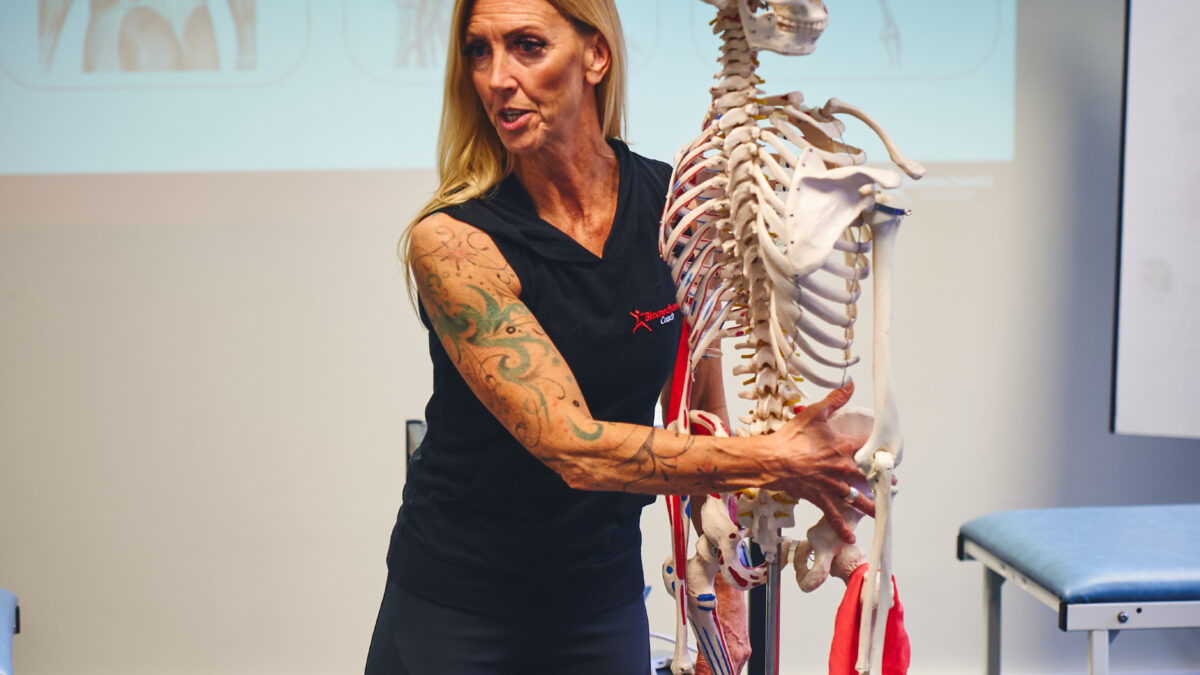



The Importance of Frontal Plane Training
Frontal plane training is critically underrated! It plays a vital role in enhancing pelvic biomechanics, improving stability, and reducing the risk of groin strains and hernias. Despite its importance, many trainers overlook its benefits.
Optimal Strength Ratios
George Davies, a noted expert in joint ratios, suggests that our strength in hip adduction and abduction should be approximately equal to 100% of our body weight. This 1:1 strength ratio is essential for balanced and functional movement.
Effective Exercises for Hip Adduction/Abduction
1. Seated Flexed Hip Abduction/Adduction Machine
Ideal for beginners, this machine helps build foundational frontal plane strength. Aim for balanced strength in both actions by using the same reps, sets, and weights for adduction and abduction.
2. Seated Hip Abduction/Adduction Machine with Angle Variations
By altering your hip angle—leaning forward or backward—you engage different muscle fibers and enhance hip stability beyond the typical 90-degree seated position.
3. Seated Hip Abduction/Adduction Machine in a Kneeling Position
Kneeling on the seat and facing the backrest allows for internal and external hip rotation exercises. This variation changes hip angles and incorporates rotational movements, promoting all-around pelvic strength.
4. Standing Hip Abduction/Adduction with Bands
Using resistance bands in a standing position advances the exercise by challenging neuromuscular control and enhancing pelvic and knee stability. Start with the band around the knees, then progress to the ankles, and eventually perform the exercise without support.
5. Side-Lying Body Weight Lift (Adductors/Internal Rotators)
This exercise offers variability and additional training benefits. Lying on your side near a bench, use your adductors to lift your body off the floor. Increase difficulty by lifting the bottom leg or adding rotational movements.
Why Isolation Training Matters
While functional training is essential, isolation exercises are crucial for ensuring each muscle group functions properly. Functional strength depends on the proper contribution of each muscle, and isolation training can help prevent injuries.
Get Involved and Learn More
These exercises are just a starting point for training the pelvis through the frontal plane. Explore and share your own ideas to further enhance your training methods.
For more insights, check out our blog by Martin Haines, a chartered physiotherapist and biomechanics coach.
References:
DINTIMAN et al. (1998) Sports Speed.
PAGE et al. (2010) Assessment and treatment of muscle imbalance: The Janda approach
PAGE, P. (2011) Shoulder muscle imbalance and subacromial impingement syndrome in overhead athletes. International journal of sports physical therapy
ZEMKOVA, E. and HAMAR, D. (2010) The effect of 6-week combined agility-balance training on neuromuscular performance in basketball players. The Journal of sports medicine and physical fitness
MACKENZIE, B. (2000) Muscle Strength and Balance Checks [WWW] Available from: https://www.brianmac.co.uk/sambc.htm [Accessed 1/4/2019]
https://www.ncbi.nlm.nih.gov/pmc/articles/PMC4637913/
Would you like to enhance your client’s mobility to achieve optimal results? Discover how our Biomechanics Coach Diploma can make you a better personal trainer. Our diploma now includes a Level 4 Low Back Pain Qualification as well!
Click here to learn more about our Diploma in Biomechanics Coaching.